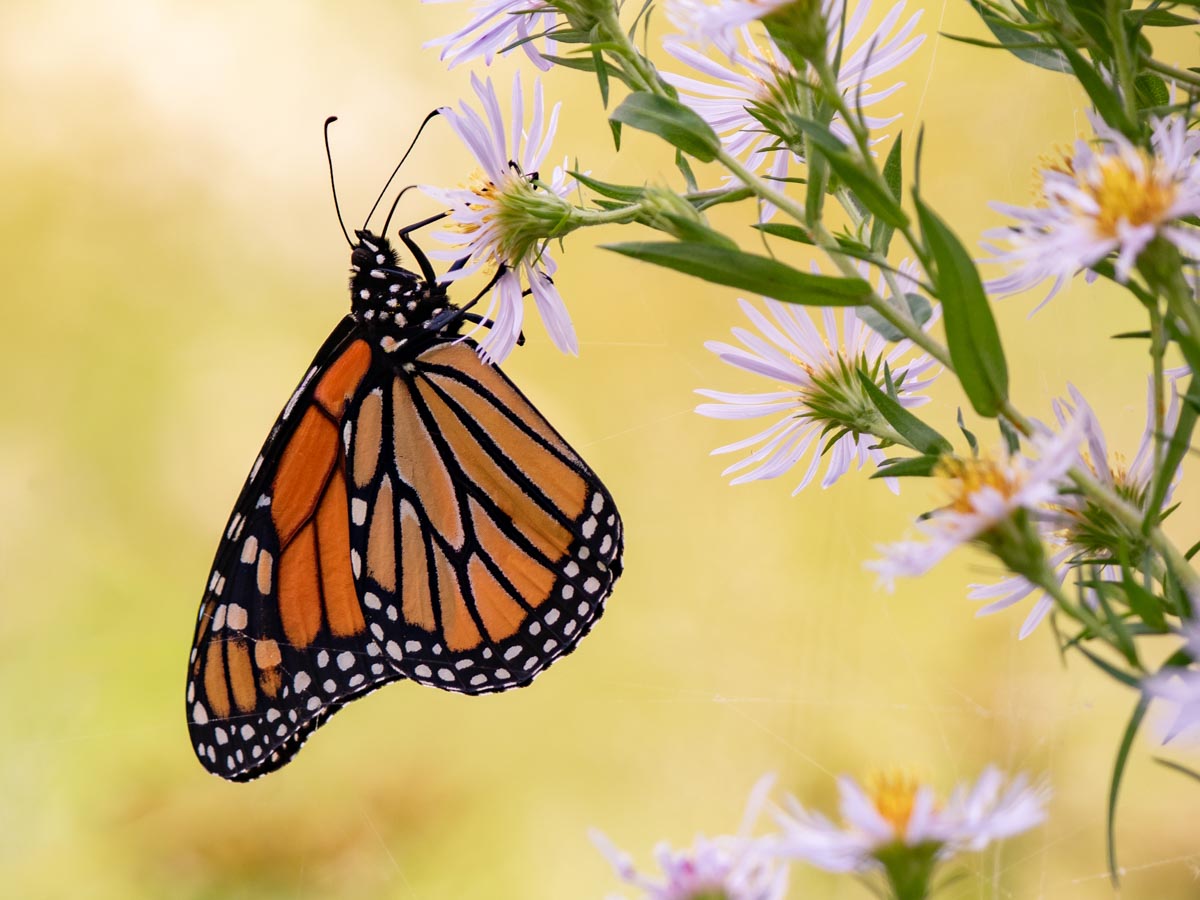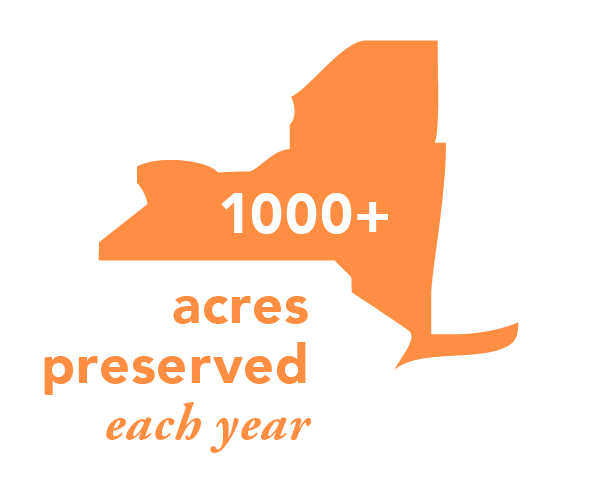Incomparable, Innumerable, Imperiled: The Life History and Conservation Status of Monarch Butterflies
One of the continent’s great wildlife spectacles is playing out this month, as monarch butterflies (Danaus plexippus) – surely our most iconic and universally beloved insects – make their way south by the millions.
The migration is astonishing in its sheer spatial scope, as monarchs across North America east of the Rockies converge on flyways, their flight paths narrowing until they arrive at just a handful of patches of oyamel fir forest in the mountains of central Mexico. Imagine tens of millions of butterflies packed into the area of a few football fields, and you will have an idea of their median estimated density. The Aztecs and other ancient Mesoamerican peoples revered the monarchs and celebrated their annual arrival, considering them to be incarnations of the souls of fallen soldiers. But North American scientists did not even know the location of the Mexican wintering roosts until the mid-1970s. (Monarchs that breed west of the Rockies migrate to the California coast, where their numbers are much smaller, though still staggeringly impressive.)

Photo: Chris Ray
Monarchs spend winter in semi-hibernation and suspended reproductive development under the ideally cool, humid, sheltered conditions of the oyamel forests. Then, around the beginning of March, warming temperatures trigger sexual maturation. The monarchs rouse themselves, mate, and then head north again. Back in the southern United States, returning female monarchs find milkweed, lay eggs, and finally finish their long life’s journey, eight months and thousands of miles after it began.
But within scarcely one month, an entire new monarch cycle has spun out, from eggs to caterpillars to chrysalises to emergent adults. The new first-generation adults then find their way further north, where this remarkably fast process repeats with the year’s second and third generations. We can see these short-lived summer generations, especially the third in July and August, throughout the Finger Lakes and as far north as southern Canada.
That brings us back to the migratory generation, comprising the great-great-grandchildren of the migratory monarchs seen in the previous fall. Adults that emerge in August and September do not reproduce, instead focusing entirely on nectaring to build fat reserves for migration. Monarchs of the migratory generation not only tend to be heavier than those of the summer generations, but also have larger and longer wings.
Monarch breeding success and survival are extremely variable from year to year. Assessing monarch population numbers, therefore, poses complex methodological challenges, requiring rigorous separation of signal from noise, as well as removal of sampling bias, to determine actual trends. It can also be difficult for lay readers to make sense of dramatic but often unnuanced news reports of steep population drops in some years and outwardly encouraging increases in others.
Still, there is a well-established consensus among monarch scientists about a real and alarming decline over the past three decades.
Because summer breeding populations are so far-flung, and because density is so difficult to quantify precisely in the oyamel forests, the area of winter roosts is the best index for comparing annual population sizes. Using this approach, the Mexican government and conservation partners observed that between 1993 and 2003, the coverage of winter roosts exceeded 10 acres in all years but one, reaching a peak of 45 acres in 1996-97. Since 2009, however, winter roosts have covered less than 10 acres every year except one, and have fallen below 5 acres in half the surveys. Declines in the western population appear to be even more drastic.
Recent research has revealed numerous possible causes of the apparent decline – disappearance of native milkweed from farms because of expanded use of the herbicide glyphosate; loss of nectar sources on migration flyways; proliferation of non-native tropical milkweed, which does not die back in fall and therefore delays the onset of normal winter metabolic changes, and also provides prolonged harbor for a protozoan parasite; illegal logging in the oyamel forests; and climate change, whereby warmer temperatures trigger sexual maturity and activity too soon.
Most likely, monarchs are suffering from all of these stressors at once, to varying degrees in different parts of their range. Therefore, in addition to further research, monarchs need targeted practical and political action across the continent from landowners, farmers, gardeners, and policymakers. One major opportunity lies in the balance in the coming months, as the U.S. Fish and Wildlife Service considers listing the monarch as a threatened species, with expanded federal protection. After two comment periods, a decision is due by December 2025.

